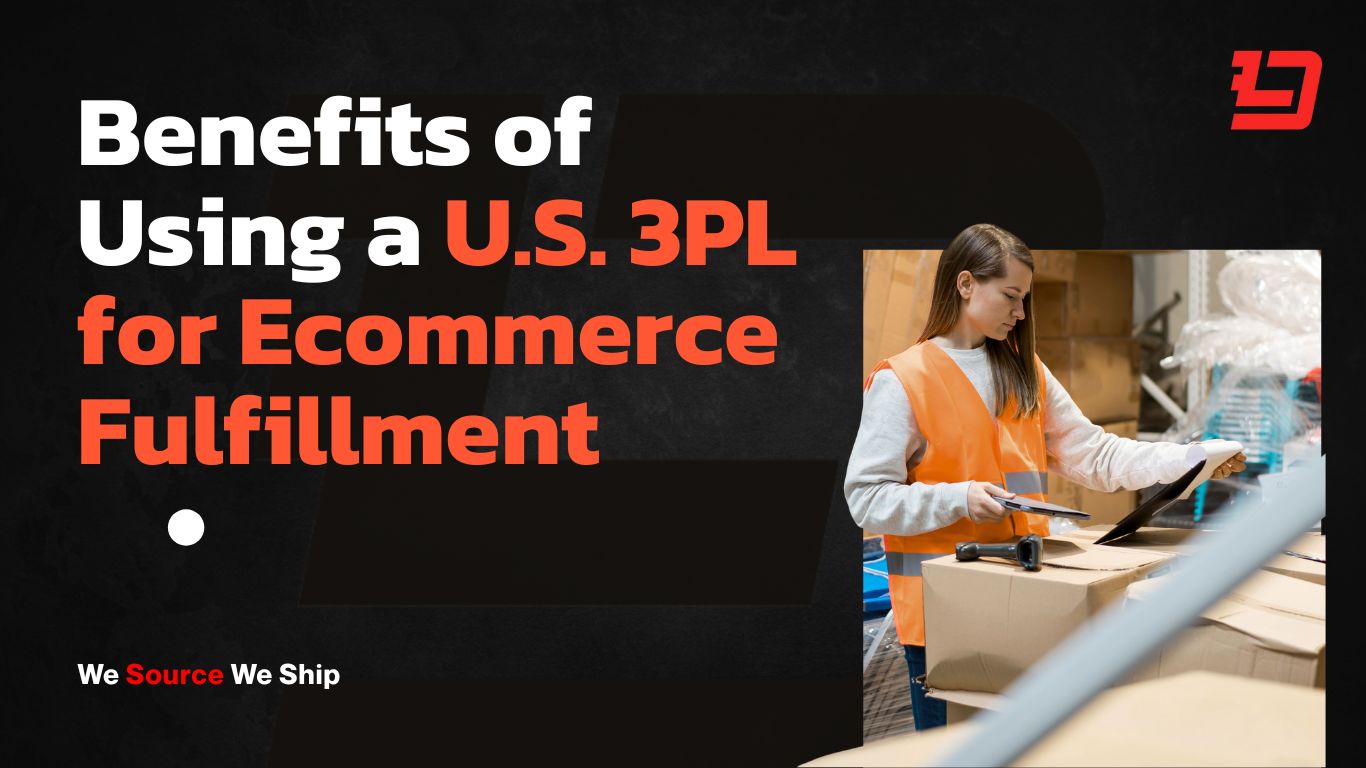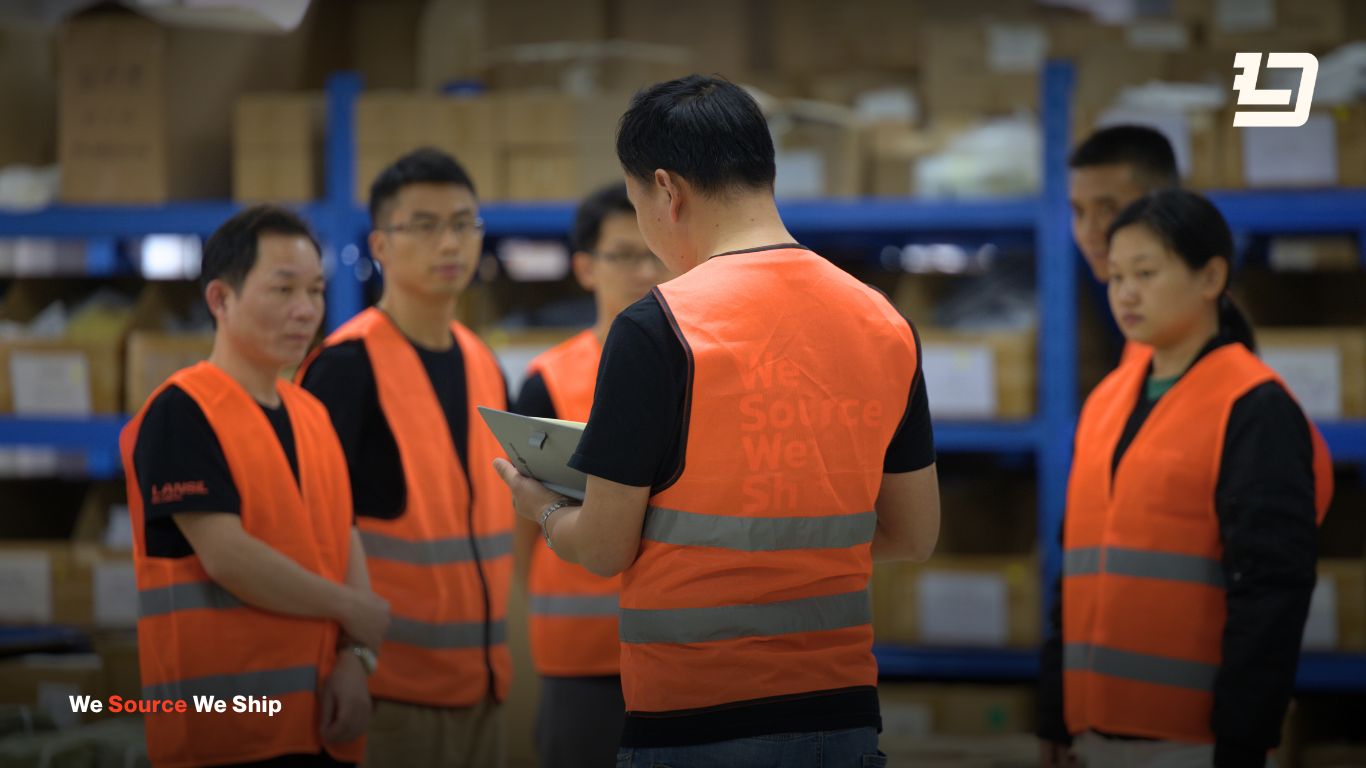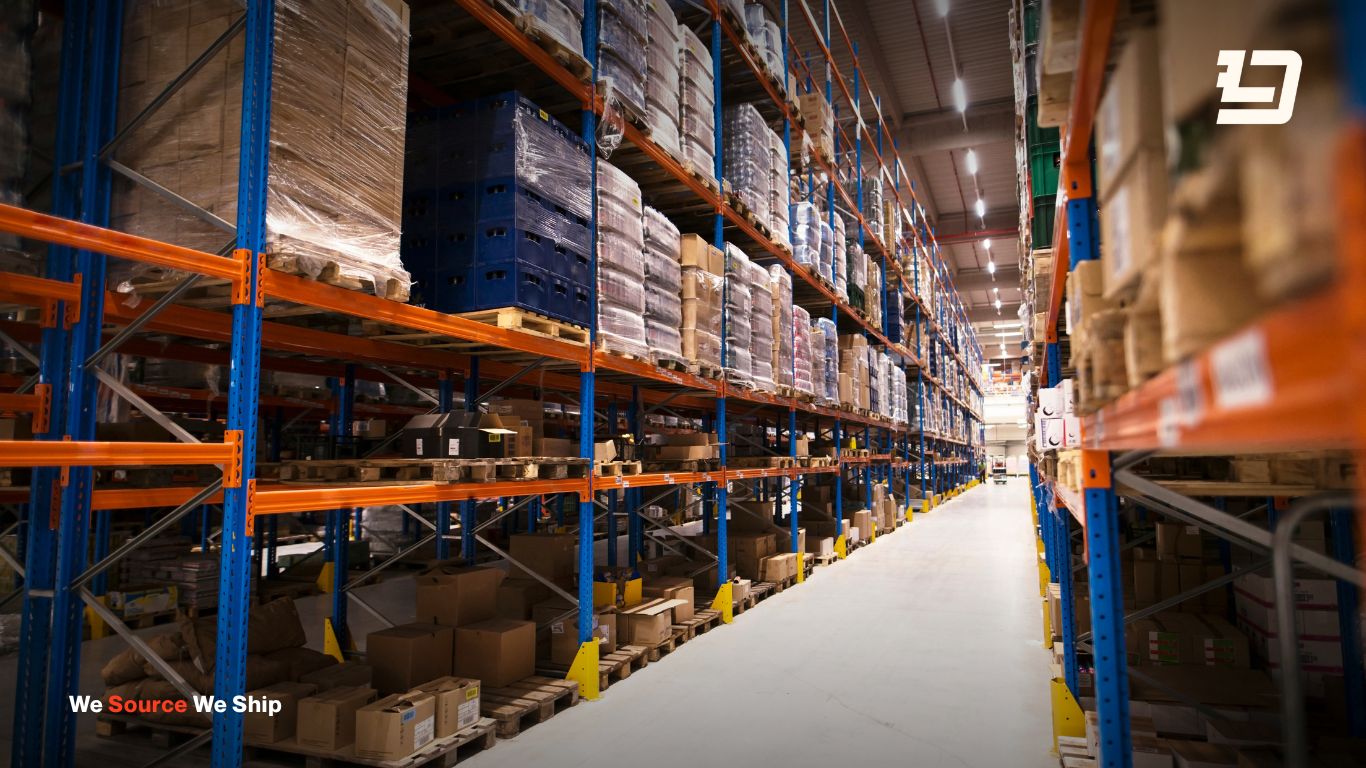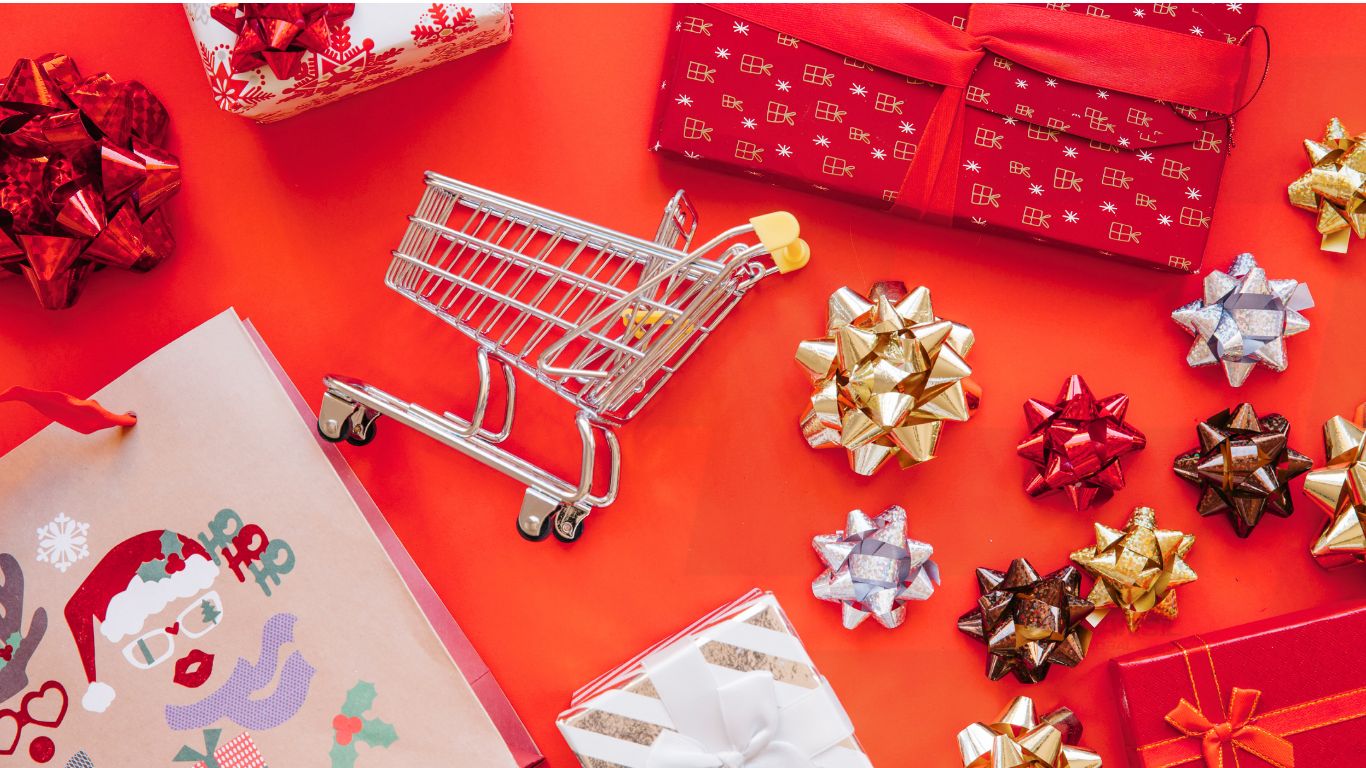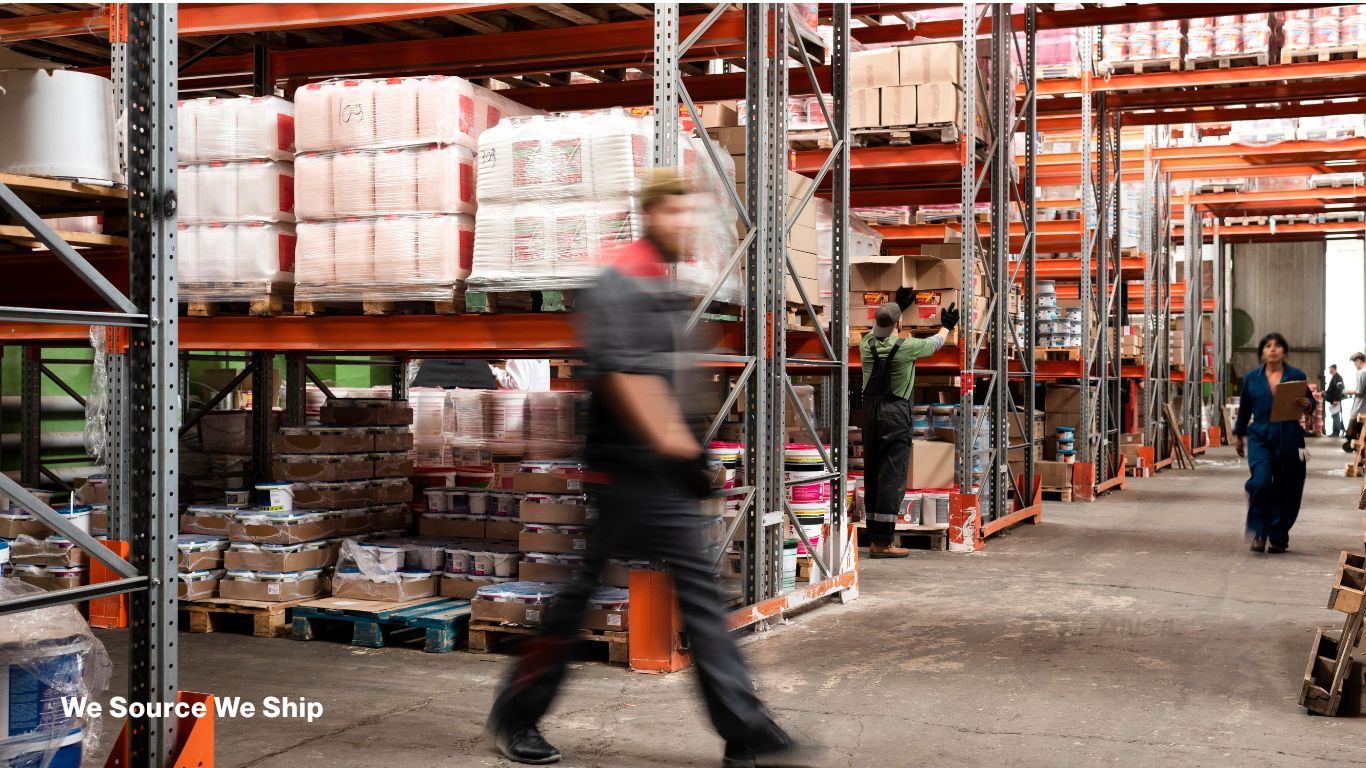Ecommerce continues to expand rapidly, but logistics costs are rising just as fast. Shipping, tariffs, and returns quietly eat into profit margins, leaving many brands struggling to stay profitable.
According to SellersCommerce, U.S. ecommerce sales are projected to surpass $1.5 trillion this year. Meanwhile, Shopify reports that fulfillment now accounts for 15–20% of total ecommerce revenue for most merchants.
If your brand already sells to U.S. customers, it’s time to move inventory closer to them. A U.S. 3PL (third-party logistics) partner can lower shipping costs, protect margins, and strengthen your entire supply chain.
If you’ve already read our U.S. Order Fulfillment Guide, this article builds on that foundation, showing how a U.S. 3PL creates real financial and operational advantages for ecommerce brands scaling in America.
1. Lower Shipping Costs and Faster Delivery
Shipping every order from overseas can take 7–20 days and cost two to three times more than domestic shipping. Each package carries international courier fees, customs handling, and import duties.
By storing inventory inside the U.S., you:
- Eliminate international shipping for domestic orders
- Access lower courier rates through USPS, UPS, and FedEx
- Offer 2–4 day delivery, improving conversion rates and reducing cart abandonment
A brand shipping 10,000 small parcels annually could save $40,000–$80,000 by relocating inventory to a U.S. warehouse.
Lansil Global operates two U.S. fulfillment centers in Nevada and Pennsylvania, providing nationwide coverage at optimized delivery costs.
2. Tariff-Smart Planning and Lower Duties
Tariffs are one of the biggest hidden costs in ecommerce.
When you ship directly from China using DDP (Delivered Duty Paid), each parcel is taxed separately—often at higher retail import rates. Shipping in bulk to a U.S. 3PL warehouse means paying duties once at a lower commercial rate.
This structure helps you:
- Lower per-unit tariff costs
- Simplify customs
- Avoid repetitive small-parcel processing fees
- Qualify for bonded warehousing in some cases
Many consumer products pay 15–25% in individual import duties, but bulk commercial shipments often reduce that to 2–5%. For ecommerce brands selling at volume, those savings directly protect margins.
3. Fewer Refunds, Returns, and Lost Orders
Long transit routes increase the risk of damaged or delayed shipments. Every day added to delivery time raises refund rates and customer complaints.
According to TrueProfit, ecommerce return rates average 15–30% globally, compared to under 10% for domestic U.S. fulfillment.
By using a U.S. 3PL, you reduce the number of customer touchpoints—fewer handoffs, shorter distances, faster resolutions. Local fulfillment also improves tracking accuracy and makes returns easy, leading to happier customers and fewer refund requests.
4. Improved Cash Flow and Inventory Flexibility
Shipping directly from China ties up cash for weeks. Between manufacturing, freight, customs, and delivery, it can take 30 to 45 days before revenue clears.
A U.S. warehouse shortens that cycle. Orders are completed faster, funds arrive sooner, and inventory planning becomes easier.
Many brands now use a hybrid setup with bulk stock in China for production and quality control, while keeping ready-to-sell inventory in a U.S. 3PL warehouse. This model maintains liquidity while still offering fast delivery.
5. Protection from Global Shipping Disruptions
Recent years have shown how fragile international logistics can be. Port congestion, trade restrictions, or sudden freight increases can stop operations without warning.
Keeping inventory in the U.S. protects your business when global routes face delays. Customers still receive orders, and your sales continue without interruption.
This added stability gives ecommerce brands peace of mind and keeps operations moving even during market turbulence.
6. Full Supply Chain Visibility
Modern 3PL providers integrate directly with ecommerce platforms to give real-time visibility over inventory, orders, and shipping data.
With that transparency, you can:
- Track inventory across locations
- Optimize stock levels
- Understand costs and delivery performance
Lansil Global offers a connected setup that links its China hub for global fulfillment with U.S. warehouses for nationwide delivery. This integrated system gives brands end-to-end control from factory floor to final delivery. It provides a clear view of production, storage, and shipping across regions, helping you plan smarter, reduce risk, and scale confidently.
7. Scalability Without Overhead
Running your own warehouse means fixed expenses like rent, labor, and insurance. A 3PL replaces all of that with flexible pricing that scales with your volume.
Whether it’s a product launch or a holiday rush, you can expand instantly without new leases or hiring more staff. That keeps your operations lean while still handling higher order volumes when needed.
8. Comparing Fulfillment Models
| Criteria | China Fulfillment | U.S. Fulfillment | Hybrid Model (China + U.S.) |
|---|---|---|---|
| Delivery Time (U.S. customers) | 7 to 20 days | 2 to 4 days | 2 to 4 days |
| Shipping Cost per Order | 10 to 15 USD (international) | 4 to 6 USD (domestic) | Optimized through split inventory |
| Tariffs & Duties | Paid per parcel | Paid once in bulk | Reduced via tariff-smart planning |
| Returns & Refunds | High (20 to 30%) | Low (under 10%) | Controlled through dual QC |
| Customer Experience | Slower, less reliable | Fast and trackable | Consistent and flexible |
| Scalability | Limited by export volume | Limited by local stock | Unlimited with both regions connected |
| Best For | Early-stage sellers | U.S.-based brands | Growing global brands with U.S. sales |
The hybrid setup provides the most balance between cost, speed, and reliability. It combines the efficiency of China production with the speed of U.S. fulfillment.
Connecting China and the U.S.
Most ecommerce brands produce their goods in China but sell primarily to U.S. customers. A connected 3PL network bridges that gap.
Here’s how it works:
- Products are sourced and inspected in China.
- Bulk shipments are sent to U.S. warehouses for local storage.
- Orders to U.S. customers are delivered within 2 to 4 days, while international orders can still be shipped from China.
This setup cuts tariffs, reduces costs, and maintains quality control. It’s built to give brands flexibility without sacrificing profitability.
If your brand already serves U.S. customers, transitioning to a U.S. 3PL is the logical next move to improve speed and strengthen your logistics strategy.
A U.S. 3PL is more than just a warehouse. It’s a system that protects your profits, improves customer experience, and keeps your operations running smoothly.
By positioning inventory strategically in both China and the U.S., ecommerce brands can reduce costs, ship faster, and maintain stronger cash flow.
If you already sell to U.S. customers, now is the time to start fulfilling from the U.S. You’ll deliver faster, reduce overhead, and keep your margins secure with a logistics setup that grows alongside your business. Ready to find a 3PL partner that scales with your growth? Contact us today to discover fulfillment solutions that move as fast as your brand.


